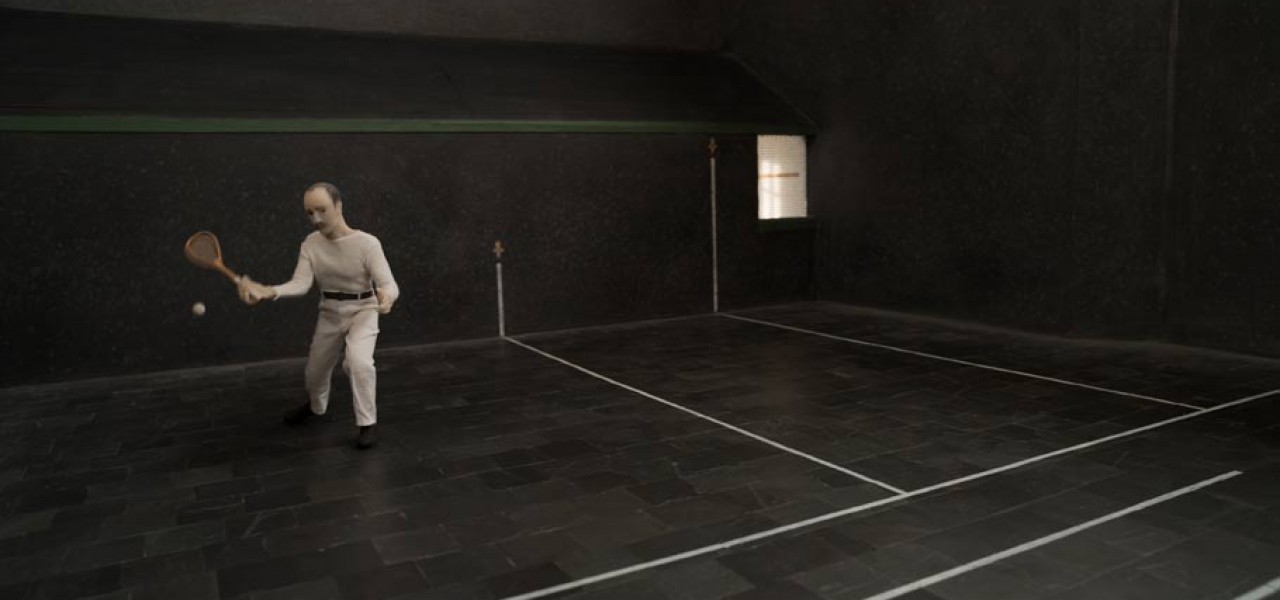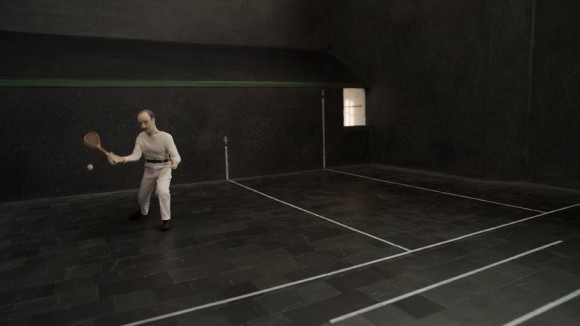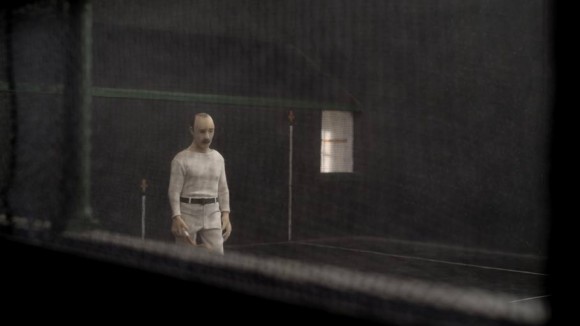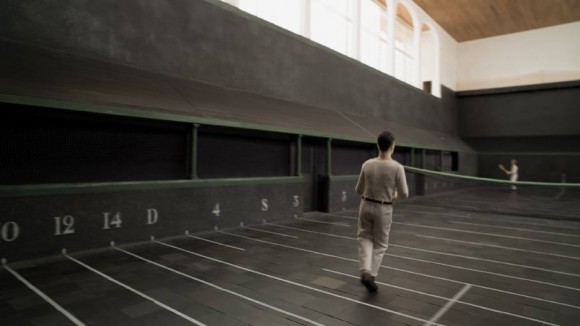

Joshua Mosley’s ‘Jeu de Paume’ Makes The 2014 Whitney Biennial

The Whitney Biennial is one of the most anticipated events in the world of art museums. Begun as an annual survey of American art in 1932, it became a biennial in 1973. Its overall purpose is to show a snapshot of the contemporary art world, often focusing on very recent works. For the art intelligentsia, it is often an excuse to complain about a) the state of contemporary art, and b) the curatorial choices made, or both—with occasional exceptions, such as the 2012 Biennial, which was met with overwhelming praise.
I’ve already written about stop-motion animation in art museums, as with the Allison Schulnik exhibit at the Wadsworth Atheneum, and now Joshua Mosley’s Jeu du Paume (2014), a three-minute long animated film, is included in the 2014 Whitney Biennial. (Other animated pieces are included in the current Biennial, too, like Jacolby Satterwhite’s Reifying Desire series.) Mosley, a professor and chair of the University of Pennsylvania’s fine arts department, has been making animated pieces in various techniques for years, and has shown at the Museum of Modern Art and the Museo Reina Sofia in Madrid, among other venues.

Jeu de Paume (the term means “palm game” and refers to a precursor to tennis) is not merely a video of a 1907 tennis game played in the court of the Chateau de Fontainebleau southeast of Paris. As described on Mosley’s website “…the video employs irregular editing rhythms, shots that stray from the central gameplay, and floating, dance-like camera movements that capture, along with the players’ action, the slanting angles of the architecture, the play of sunlight, and the visibility of the white ball against the dark court. Acknowledging that one’s concentration, both as player and spectator, ebbs and flows over the course of a match, the camera similarly responds to this idiosyncratic focus and the particularities of the environment to capture a shifting sense of human awareness.”
The set for the video is over fifteen-feet long, and represents the Fontainebleau tennis court as it stood over a century ago. The players are in period tennis costume. Mosley described to me how he achieved the complex camera work: “I performed the camera movements with a shoulder rig in an empty room with no subject in front of the camera. These camera movements were motion captured, then scaled down 13x to the size of the set. Finally, a DSLR camera was moved frame by frame in this hand-held camera trajectory by a motion control rig that I built. The puppet animation is straight forward stop motion.”

For more on Joshua Mosley, visit his website. The Whitney Biennial runs through May 25 at the Whitney Museum of American Art (915 Madison Avenue at 75th Street in Manhattan).
(Images in this post are ©2014 Joshua Mosley.)

.png)